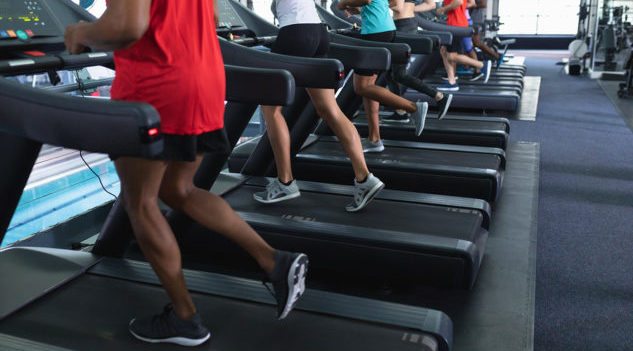The shutdown of gyms due to the COVID-19 pandemic has severely affected the fitness industry, a sector that usually provides employment to over 35,000 Australians.
Fitness Australia’s COVID-19 Fitness Industry Impact Report surveyed exercise professionals and sole traders, boutique business owners, and owners of multi-service facilities. The research reveals that:
- 81 per cent has lost their job or main source of income.
- 71 per cent had not had a single client since gyms closed on 23 March 2020.
- 44 per cent of respondents lost more than 61 per cent of their income.
- 90 per cent are continuing to pay up to $5000 per month for business expenses despite not operating.
- Less than 10 per cent of clients had transitioned to virtual platforms or one-on-one training.
Fitness Australia CEO Barrie Elvish said that while the industry was supportive of the government measures to stop the spread of COVID-19, gym closures resulted in the mothballing of thousands of businesses.
“Australians spend more than $8.5 billion every year on fitness and a large portion of this is spend on gym memberships, personal training, fitness classes and bootcamps,” Elvish said.
Elvish said that the closures, which affected all types gyms and fitness facilities, and shortly after outdoor bootcamps, meant these businesses had suffered significantly.
“The safety of the community comes first but the impact has been devastating for the fitness industry,” Elvish said. “Our Report shows this impact has been felt by everyone from personal trainers and sole operators right through to the large gym franchises – no one is unaffected.”
The report also noted that all businesses had to stand down employees with less than 10 per cent of staff still working. Some were able to generate revenue through virtual or outdoor one-on-one training, though only less than 10 per cent of their usual income. Many were not as fortunate as 50 per cent of gym owners reported a 100 per cent decrease in revenue.
Elvish said the industry is willing to do whatever it takes to get gyms reopened safely as soon as possible, speaking from both an economic and overall well-being perspective.
“The industry is committed and onboard to do whatever is needed to reopen. We all want to ensure gym members and employees have the peace of mind to safely return to the gym, do a workout or take part in a group glass,” Elvish said.
Elvish said that Fitness Australia has already prepared a draft reopening framework to ensure gyms can reopen safely as soon as possible and has been sent to all state and territory health departments for consideration. So far, the Northern Territory is the only one that has included the staged reopening of gyms as part of their reopening plans.
“In addition to the financial benefits of getting gyms reopened, the role exercise plays in our overall health and mental wellbeing cannot be underestimated and it will become more apparent as restrictions are eased back,” Elvish said. “Gyms and the broader fitness industry will have a vital role in ensuring the ongoing health and wellbeing of Australians during and following COVID-19.”













